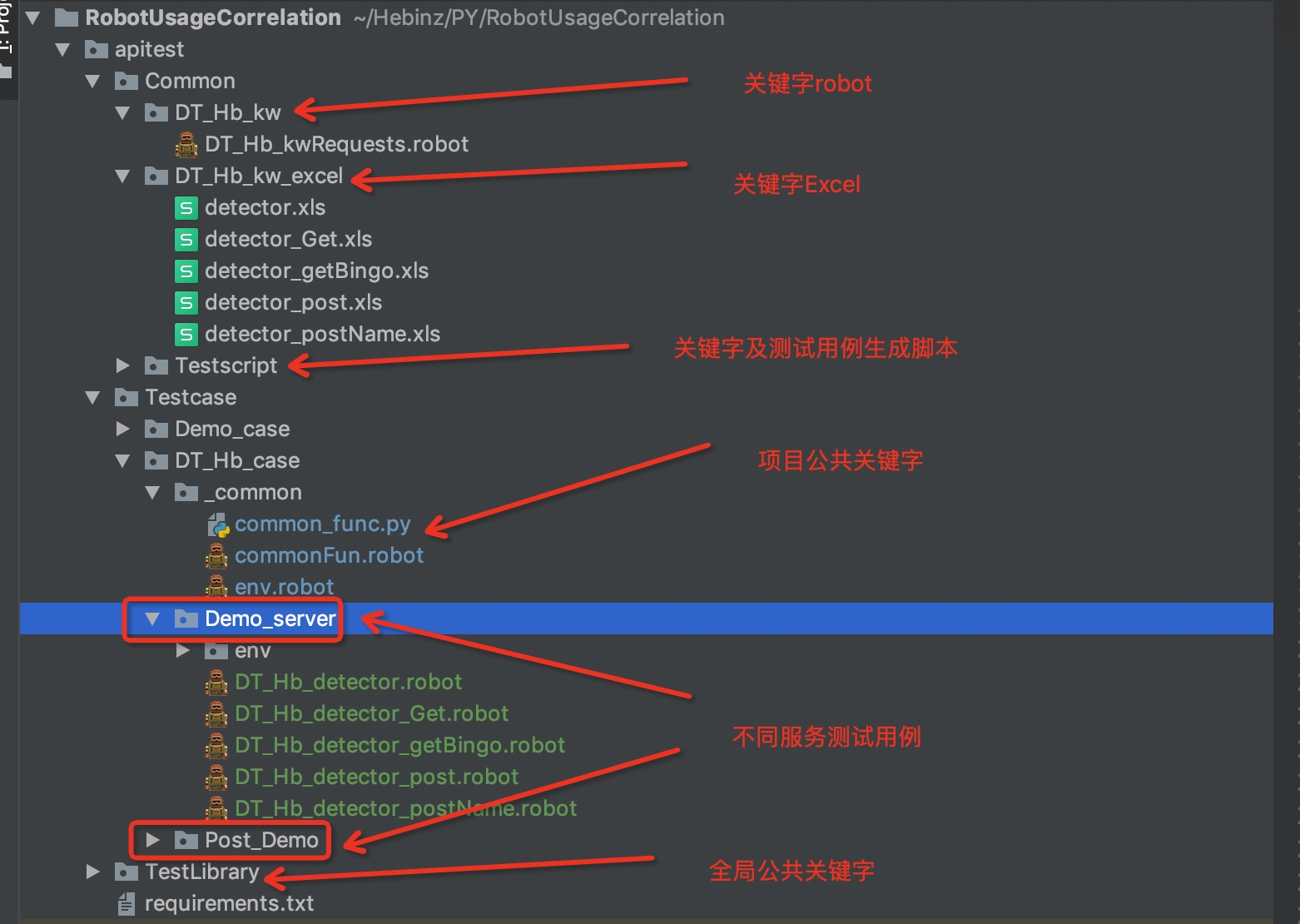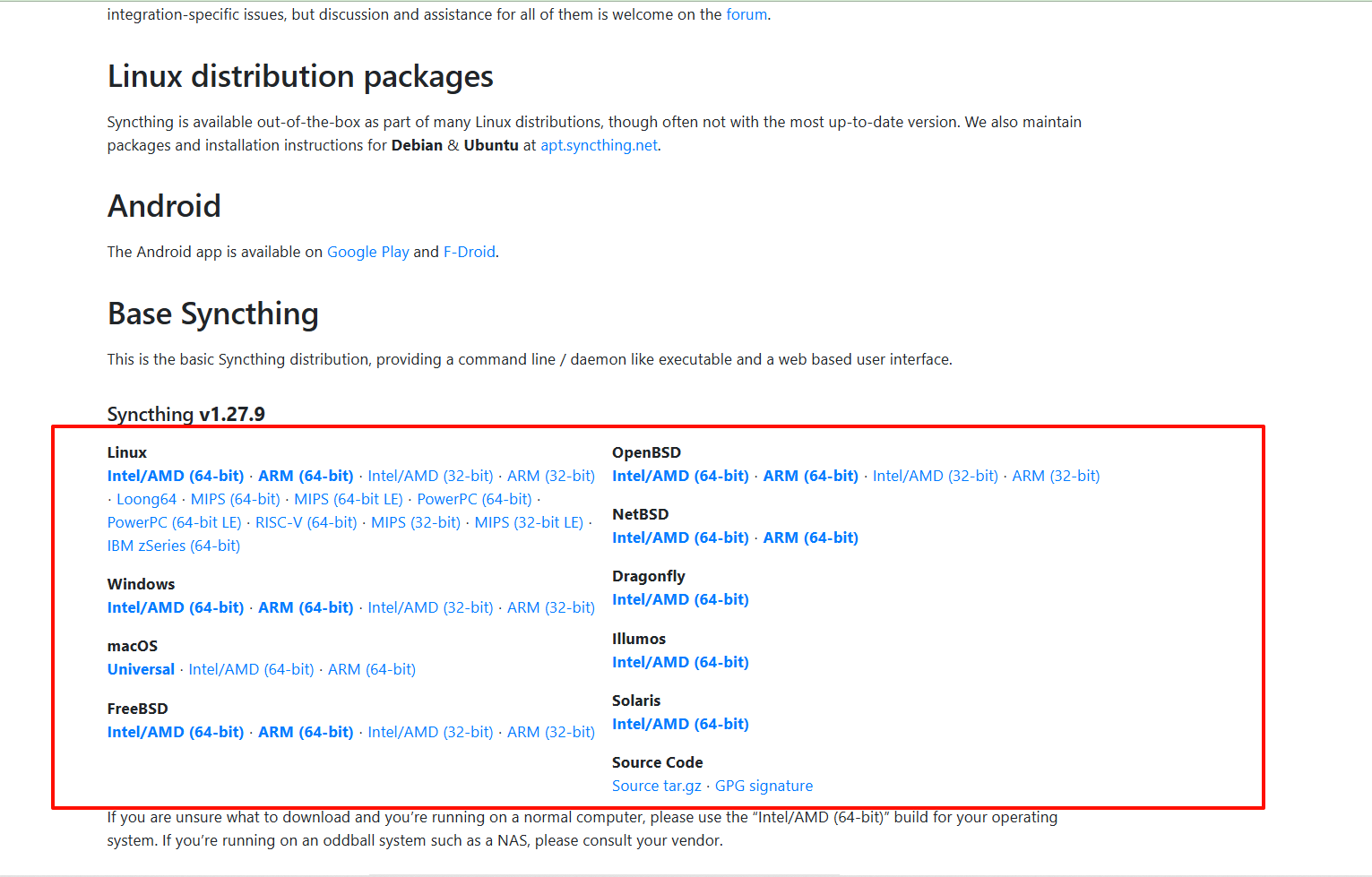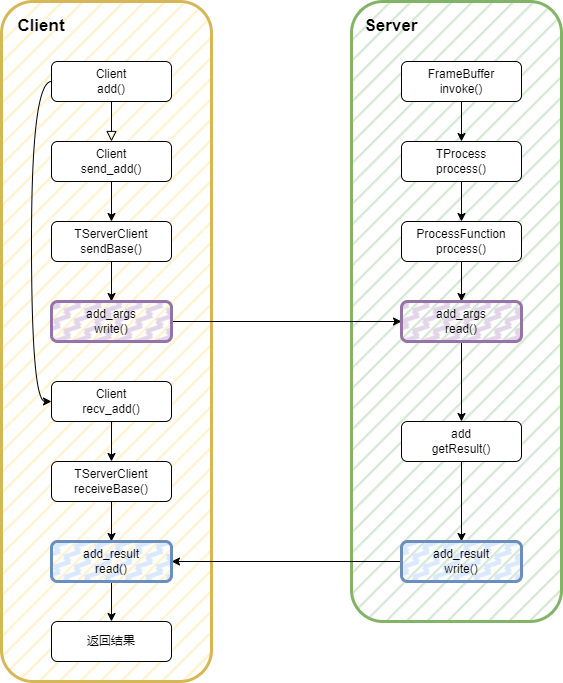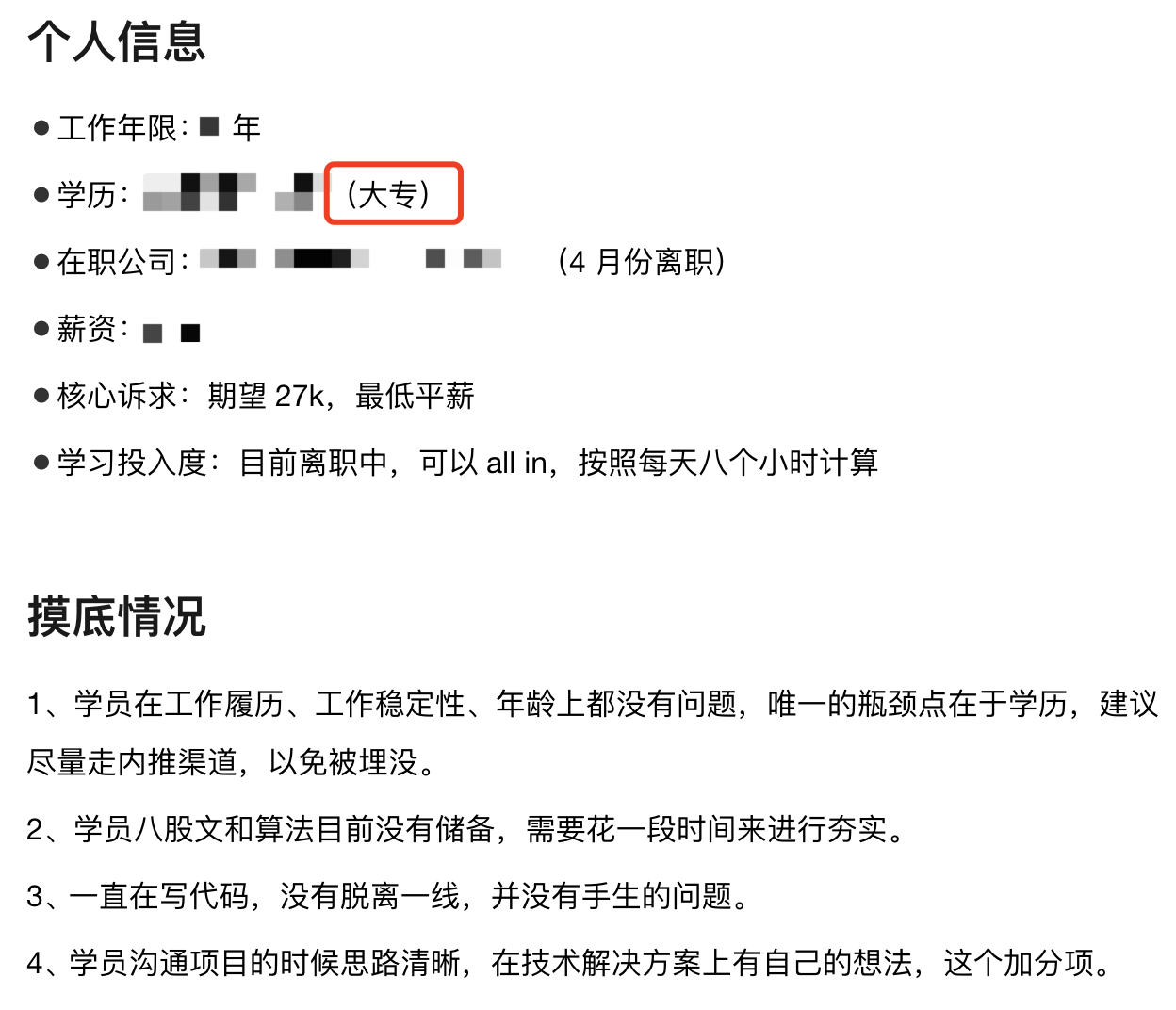Kalindrome Array
题目链接:
Kalindrome Array - 洛谷 | 计算机科学教育新生态 (luogu.com.cn)
题面翻译
对于长度为 \(m\) 的序列 \(b\),我们称 \(b\) 是「回文的」,当且仅当对于所有 \(i\in[1,m]\),都有 \(b_i=b_{m-i+1}\)。特别的,空序列也是回文的。
对于一个序列,我们称其是「可爱的」,当且仅当且满足如下条件:
- 存在数 \(x\),使得删除序列中若干值等于 \(x\) 的元素后,序列是回文的。(删除元素后,剩余元素会并在一起)
需要注意的是,你并不需要删除所有值等于 \(x\) 的元素,并且,你也可以选择不删除任何元素。
例如:
- \([1,2,1]\) 是可爱的,因为你不需要删除任何一个数,其本身就是回文的。
- \([3,1,2,3,1]\) 是可爱的,因为你可以选择 \(x=3\),然后删除所有值等于 \(3\) 的元素,将其变为回文的。
- \([1,2,3]\) 则不是可爱的。
现在蓝给出了一个长度为 \(n\) 的序列 \(a\),她希望你能帮她确定其是否是可爱的。
本题多组数据,数据组数为 \(t\),会在输入的开头给出。对于每组数据,如果给出的序列 \(a\) 是可爱的,请输出 YES,否则输出 NO。
题目数据满足:\(1 \leq t \leq 10^4\),\(1 \leq n \leq 2\times10^5\),\(1 \leq a_i \leq n\),\(1 \leq \sum n \leq 2\times10^5\)。
题目描述
An array $ [b_1, b_2, \ldots, b_m] $ is a palindrome, if $ b_i = b_{m+1-i} $ for each $ i $ from $ 1 $ to $ m $ . Empty array is also a palindrome.
An array is called kalindrome, if the following condition holds:
- It's possible to select some integer $ x $ and delete some of the elements of the array equal to $ x $ , so that the remaining array (after gluing together the remaining parts) is a palindrome.
Note that you don't have to delete all elements equal to $ x $ , and you don't have to delete at least one element equal to $ x $ .
For example :
- $ [1, 2, 1] $ is kalindrome because you can simply not delete a single element.
- $ [3, 1, 2, 3, 1] $ is kalindrome because you can choose $ x = 3 $ and delete both elements equal to $ 3 $ , obtaining array $ [1, 2, 1] $ , which is a palindrome.
- $ [1, 2, 3] $ is not kalindrome.
You are given an array $ [a_1, a_2, \ldots, a_n] $ . Determine if $ a $ is kalindrome or not.
输入格式
The first line contains a single integer $ t $ ( $ 1 \le t \le 10^4 $ ) — the number of test cases. The description of the test cases follows.
The first line of each test case contains a single integer $ n $ ( $ 1 \le n \le 2 \cdot 10^5 $ ) — the length of the array.
The second line of each test case contains $ n $ integers $ a_1, a_2, \ldots, a_n $ ( $ 1 \le a_i \le n $ ) — elements of the array.
It's guaranteed that the sum of $ n $ over all test cases won't exceed $ 2 \cdot 10^5 $ .
输出格式
For each test case, print YES if $ a $ is kalindrome and NO otherwise. You can print each letter in any case.
样例 #1
样例输入 #1
4
1
1
2
1 2
3
1 2 3
5
1 4 4 1 4
样例输出 #1
YES
YES
NO
YES
提示
In the first test case, array $ [1] $ is already a palindrome, so it's a kalindrome as well.
In the second test case, we can choose $ x = 2 $ , delete the second element, and obtain array $ [1] $ , which is a palindrome.
In the third test case, it's impossible to obtain a palindrome.
In the fourth test case, you can choose $ x = 4 $ and delete the fifth element, obtaining $ [1, 4, 4, 1] $ . You also can choose $ x = 1 $ , delete the first and the fourth elements, and obtain $ [4, 4, 4] $ .
思路讲解:
我们首先有一个特例:当原序列是回文序列时,不需要删除任何数字,它本身就是”可爱的“。
这时,我们只需要写出判断一个字符串序列是否是回文序列即可。
我们采用双指针法对数组进行回文序列判断
bool ishuiwen(int n, int b[])
{
//若i和n-i+1对应数值不同,肯定不是回文序列
for (int i = 1; i <= n; i++) {
if (b[i] != b[n - i + 1]) return false;
}
return true;
}
然后,我们就来处理普遍情况,也是采用双指针的办法,从数组的两头出发,检查对称位置是否有不相同的元素,
根据题意,我们遇见不相同元素时,可以任意删除其中的一个元素,以数组[3,1,2,3,1]为例,我们删除一个数字,我们如果删除所有等于这个数字的值以后,如果是回文的,那删除这个数字的某些值一定是回文的。比如,这里的3和1位置不同,如果我们删除某些3以后得到的序列是回文序列,那么我们删除所有的3以后得到的序列一定是回文序列,反之同理,即:如果我们删除所有的3以后,得到的序列不是回文序列,那么我们删除某些数量的3得到的序列肯定不是回文序列,这个因为回文序列的性质,一个序列如果是回文的话,那么对应位置的元素肯定是偶数次出现的,我们讲这个数字全部删掉以后,这个数字出现的次数为0次,也是偶次。
懂得这个道理以后,我们只需要使用双指针遍历数组,碰见对应位置不相同的元素,我们就试着删除数组中所有值等于这个元素的元素,比如这里的3和1,是对称位置,并且数值不同,我们只需要尝试着将所有的3删除,检查是否是回文序列,或者删除所有的1,检查是否是回文序列,这两种情况只要有一种满足回文序列,那这个字符串就是”可爱的“
这里我们需要使用一个新的数组来储存删除了元素后的新的数组,定义为tmp。
其它要注意的细节都在注释中详细描述了。
代码:
#include<iostream>
#include<cstring>
using namespace std;
//预处理n的最大值,这是一个好习惯
const int N = 2e5 + 10;
int a[N], tmp[N];
//检查一串数是否是回文序列
bool ishuiwen(int n, int b[])
{
for (int i = 1; i <= n; i++) {
if (b[i] != b[n - i + 1]) return false;
}
return true;
}
//检查a数组中删除数字x以后得到的新序列是否是回文序列
bool check(int x, int n)
{
//作为新数组tmp的下标
int index = 0;
for (int i = 1; i <= n; i++) {
//如果a中的元素不等于x,我就把a中的值拷贝到tmp中
//这里我使用的是++index,因为acm模式中习惯以1开头,所以我将0的位置舍弃不用了
if (a[i] != x) tmp[++index] = a[i];
}
//检查新序列是否是回文序列
return ishuiwen(index, tmp);
}
void solve() {
int n; cin >> n;
//每次进入测试样例后清空a数组,这是一个好习惯
memset(a, 0, sizeof(a)); memset(tmp, 0, sizeof(tmp));
for (int i = 1; i <= n; i++) cin >> a[i];
//如果原数组就是回文序列,直接输出YES,进入下一轮循环
if (ishuiwen(n, a)) {
cout << "YES" << endl;
return;
}
//双指针,检查对称序列有哪些位置的值不相同
int l = 1, r = n, x = 1, y = r;
while (l <= r) {
//如果检查到了不相同的值,直接记录下他们的值,然后退出查找
if (a[l] != a[r]) {
x = a[l], y = a[r];
break;
}
l++; r--;
}
//只需要删除一个位置的值后,变成了回文序列,那么a数组就是“可爱的”
if (check(x, n) || check(y, n)) {
cout << "YES" << endl;
}
else cout << "NO" << endl;
return;
}
int main()
{
int t; cin >> t;
while (t--) solve();
return 0;
}






















